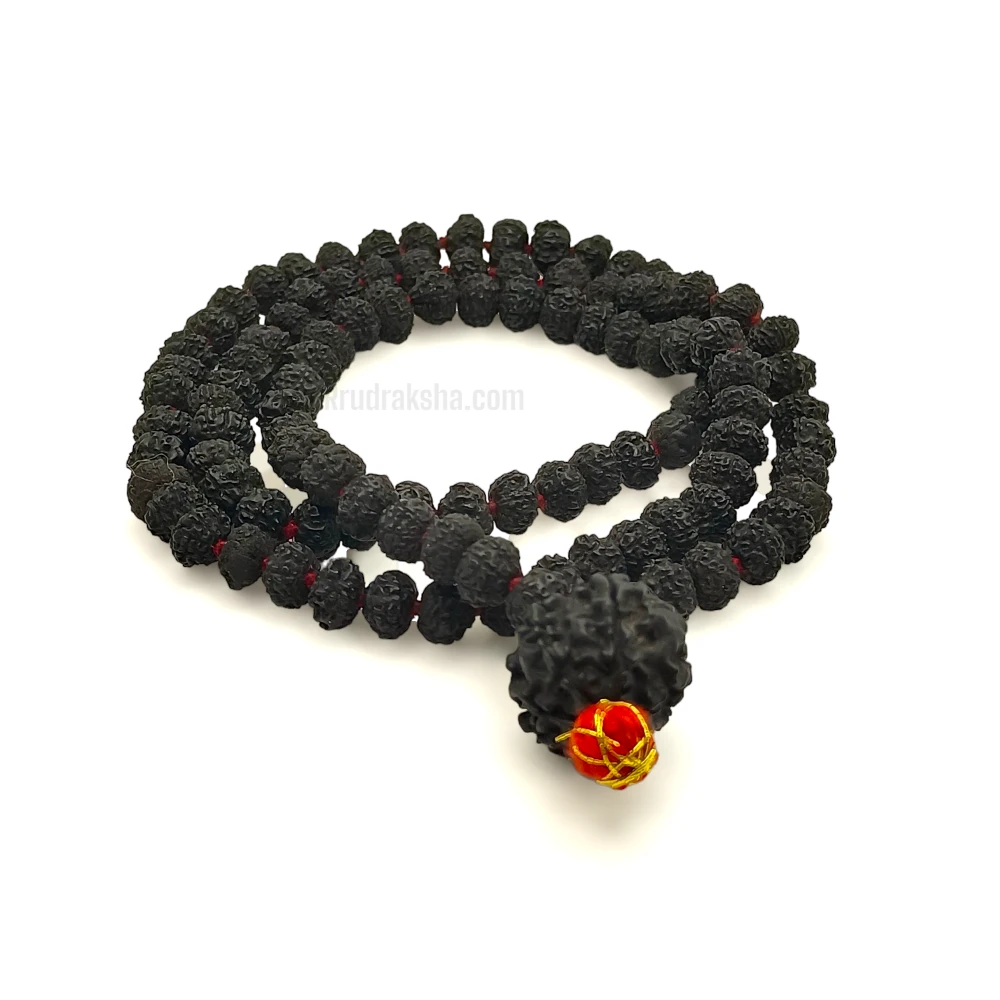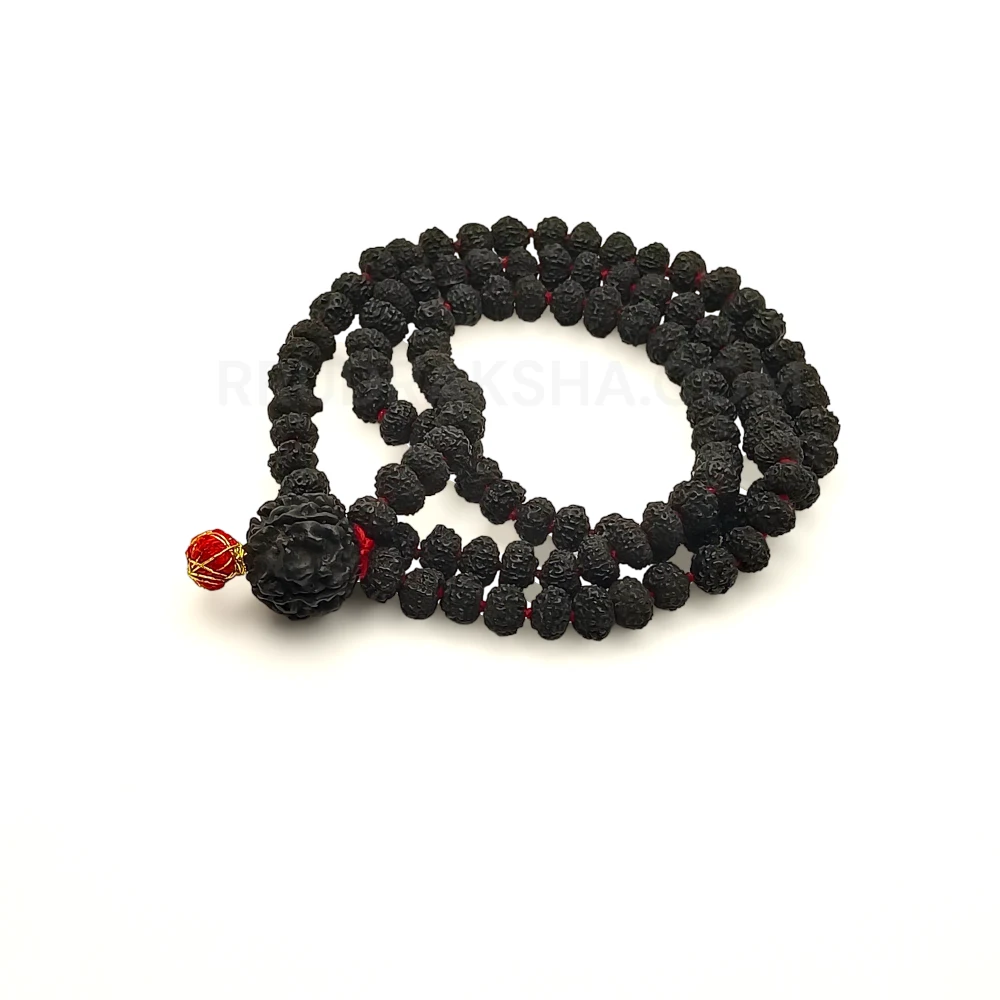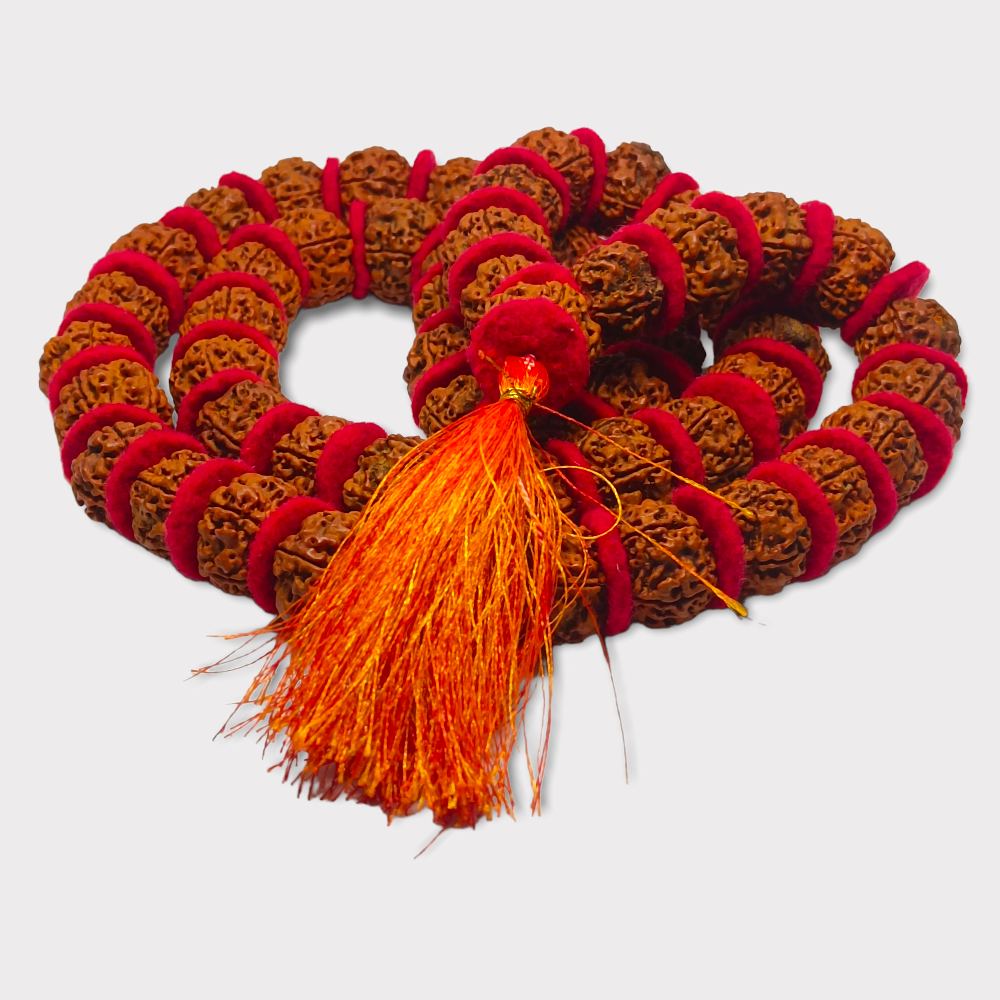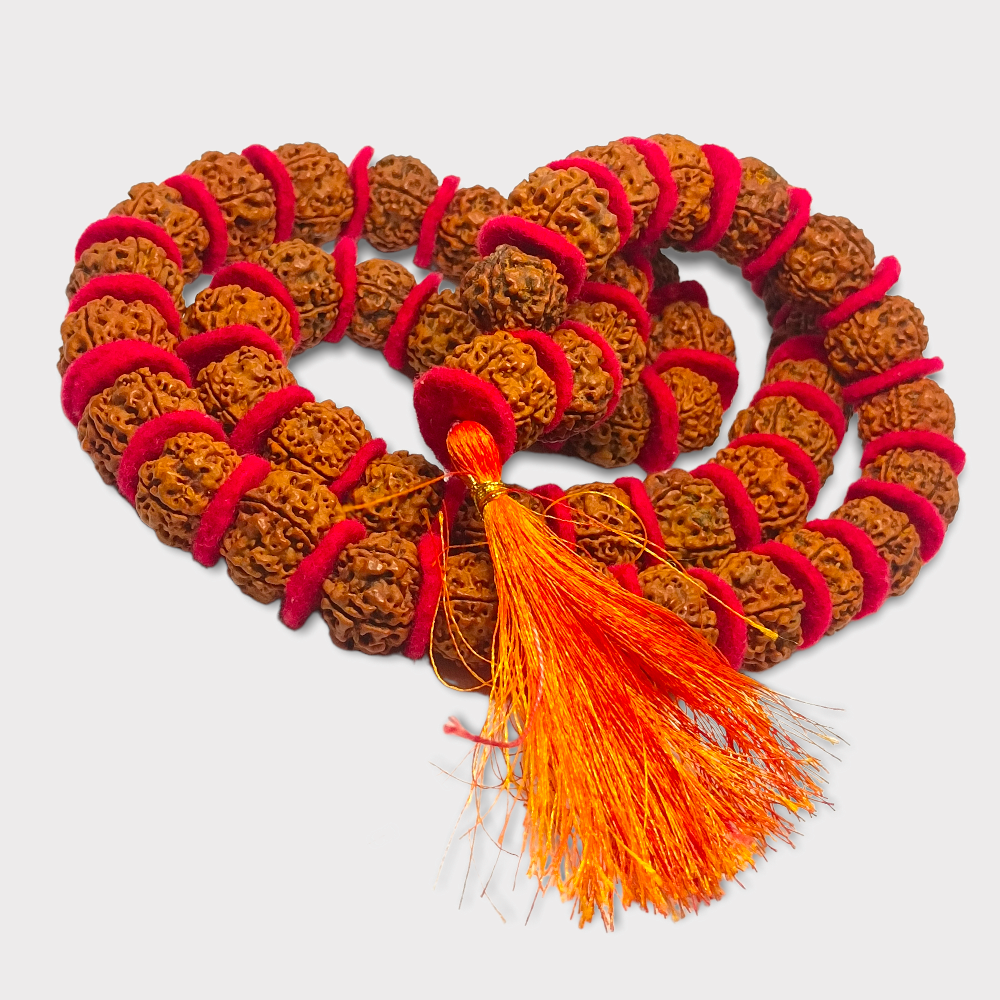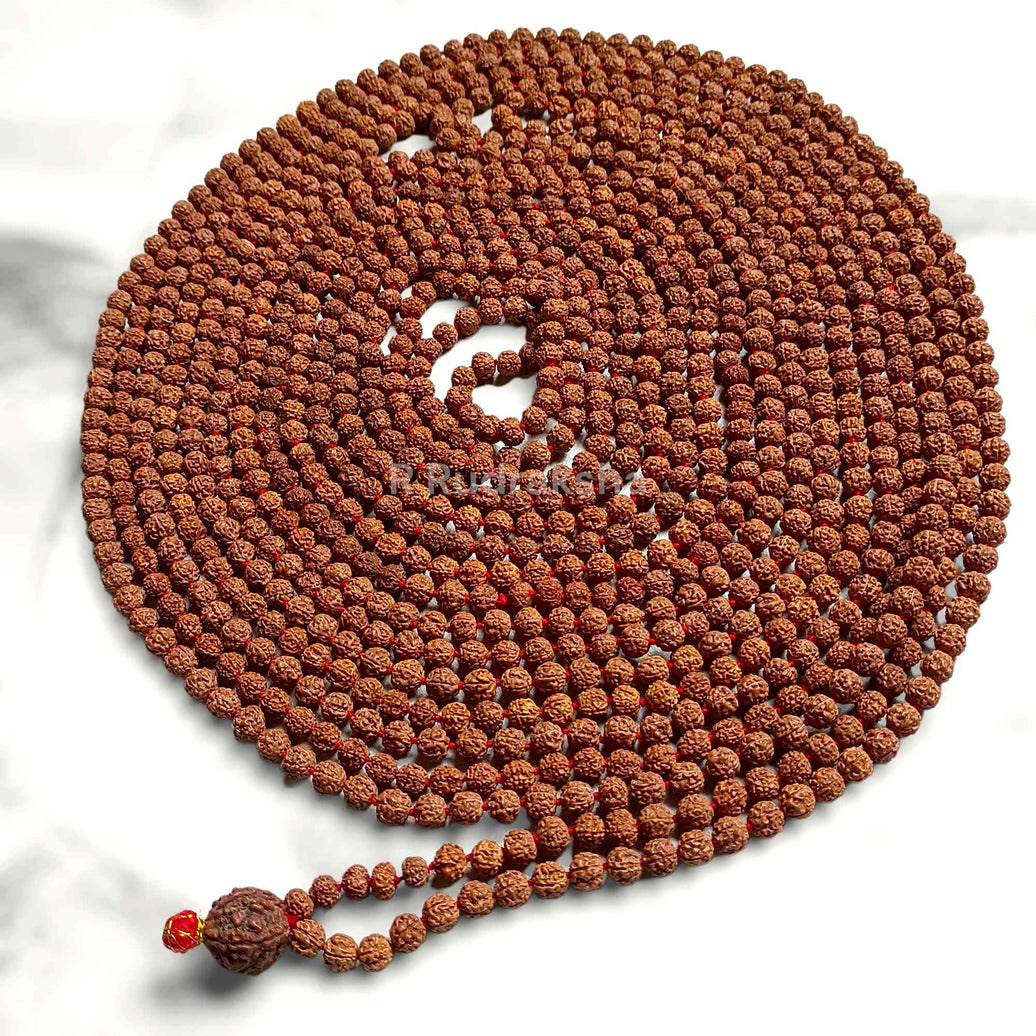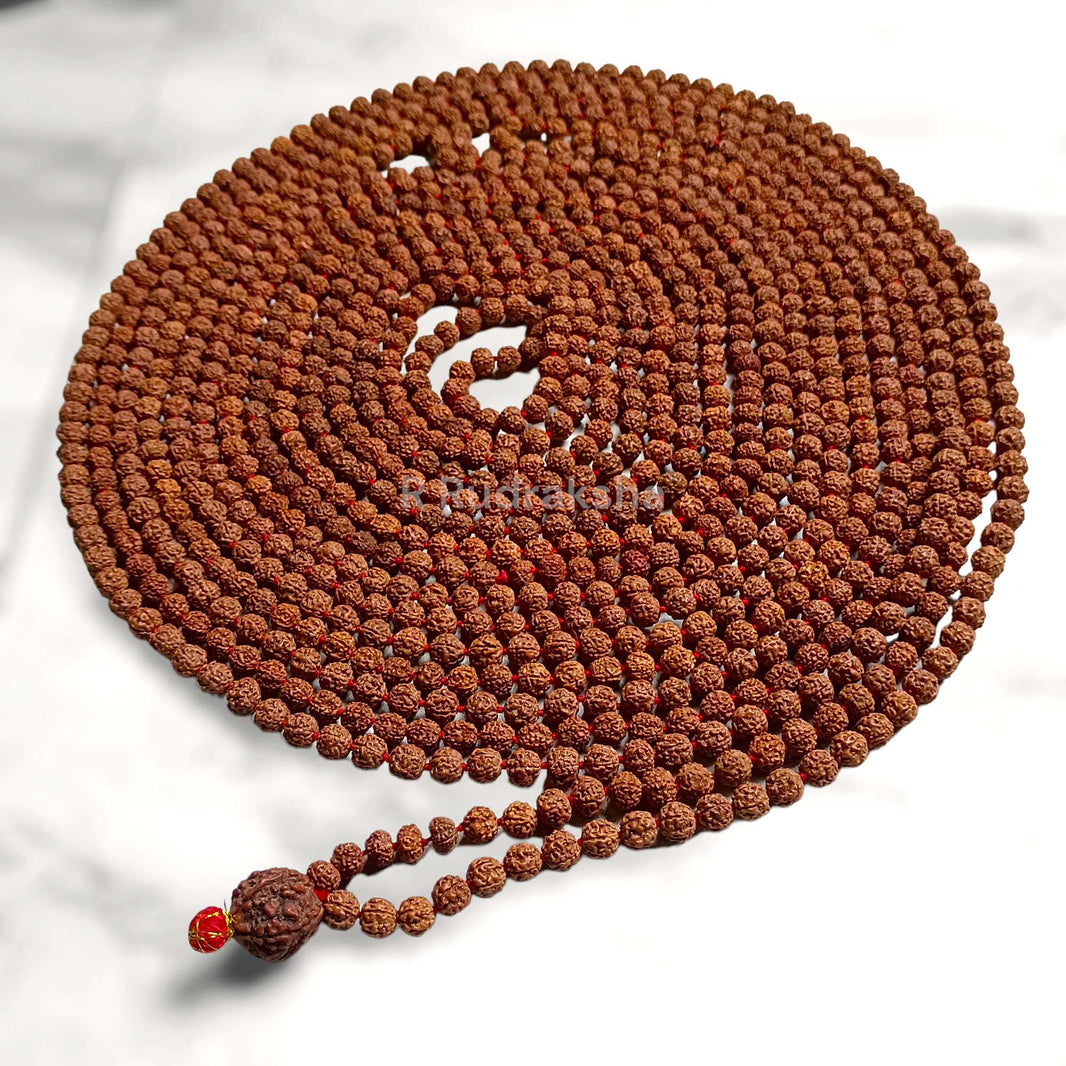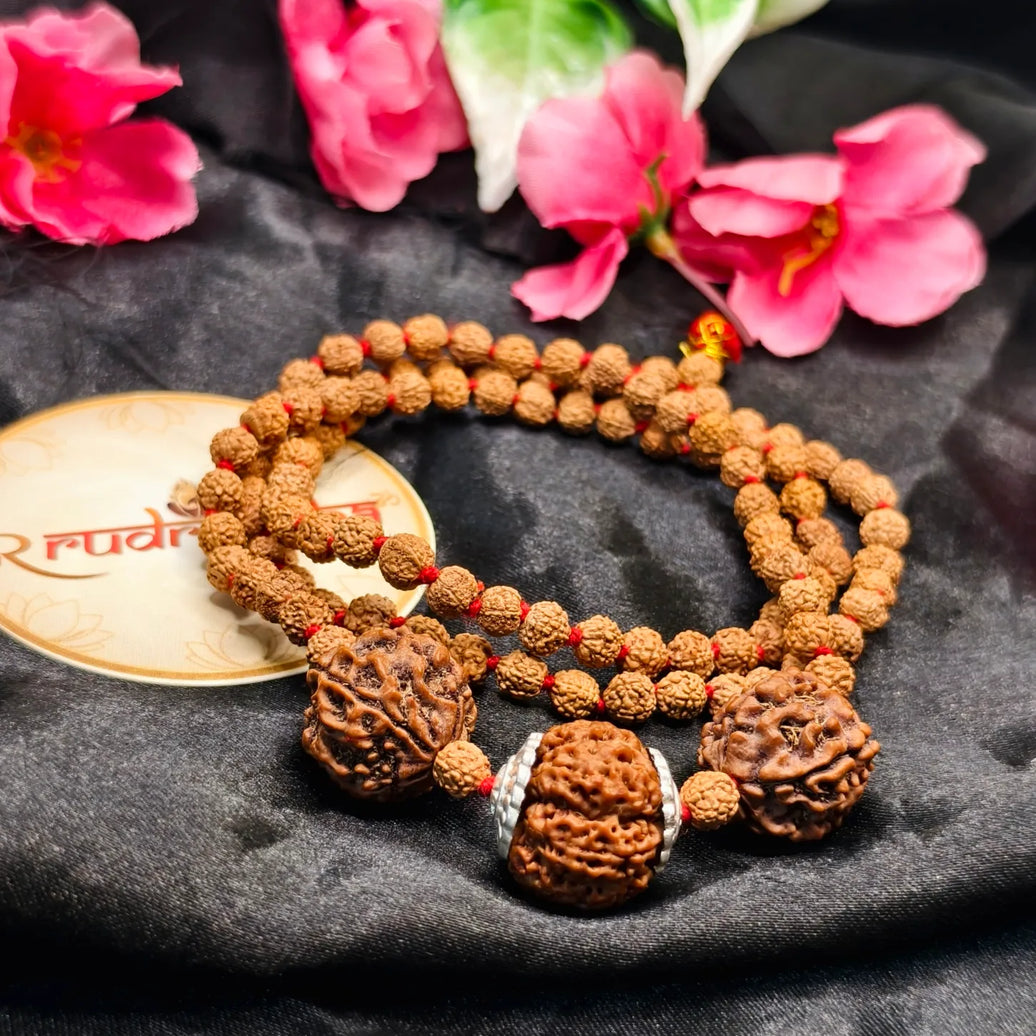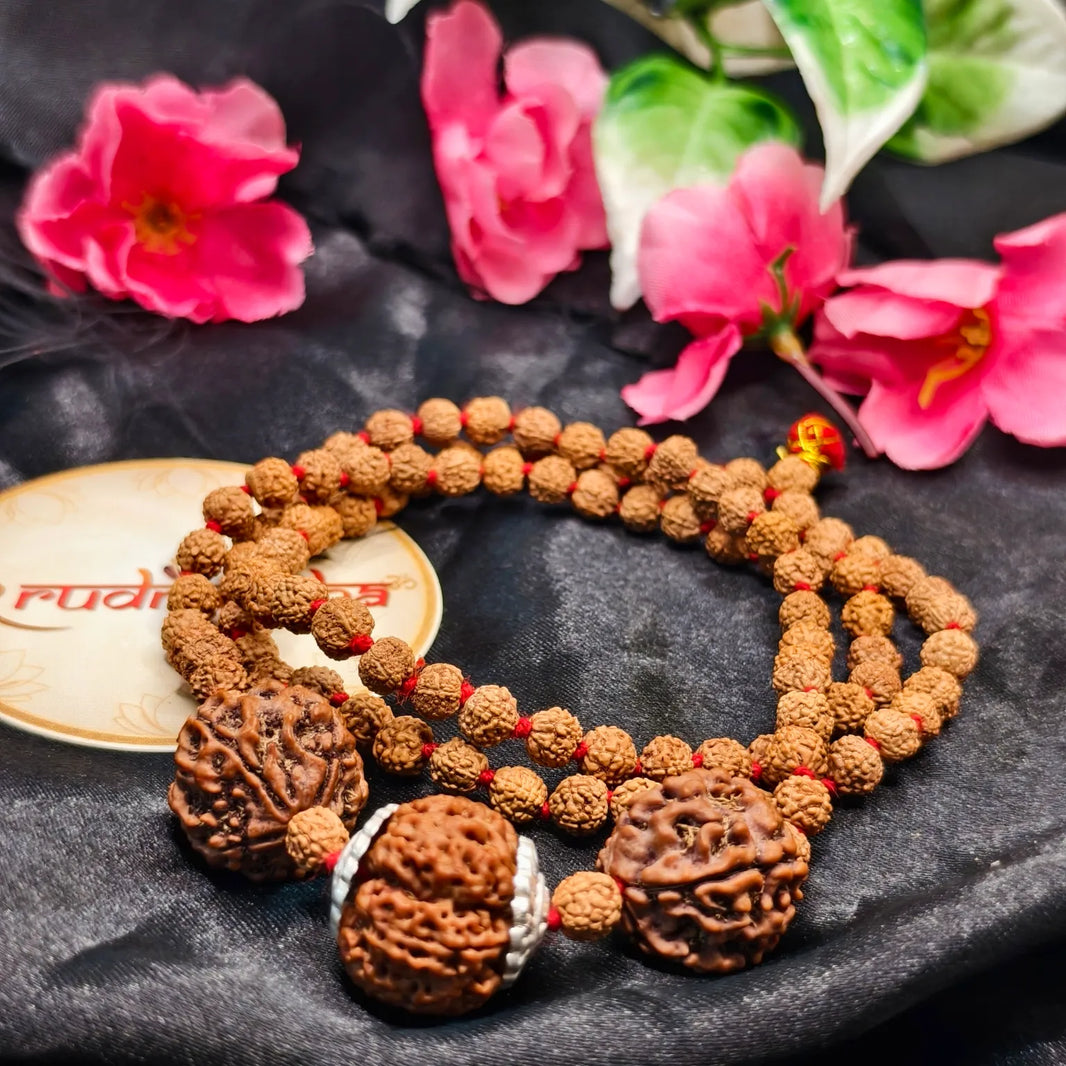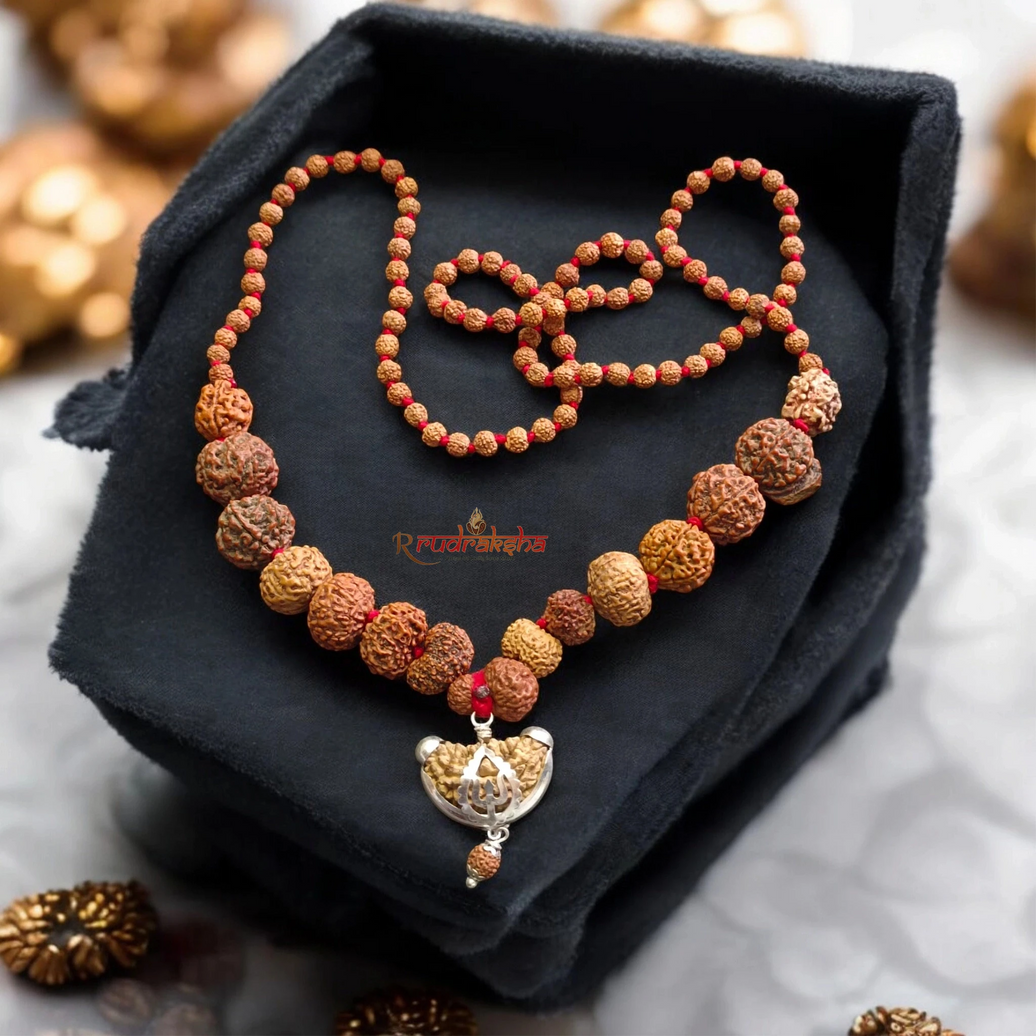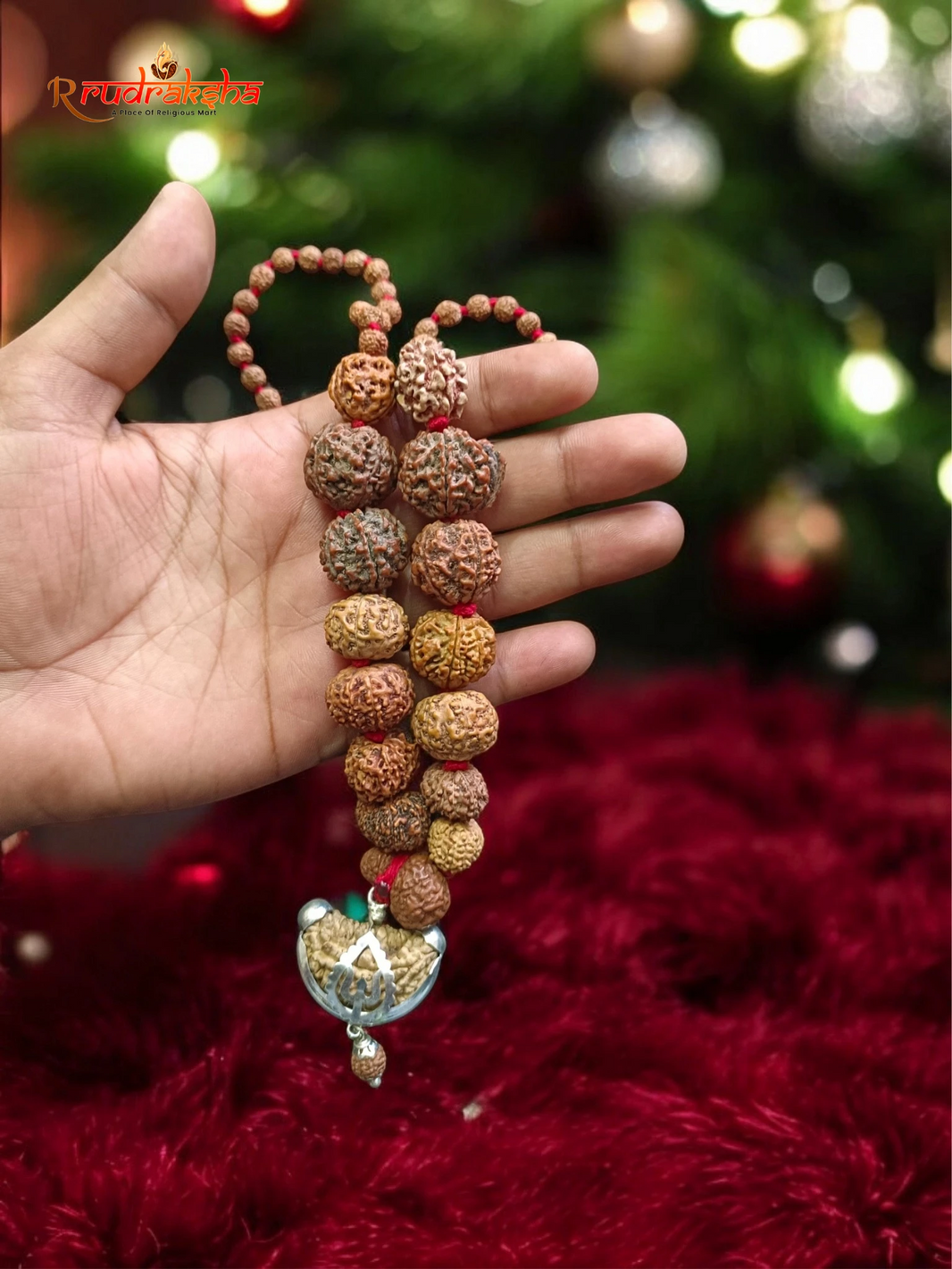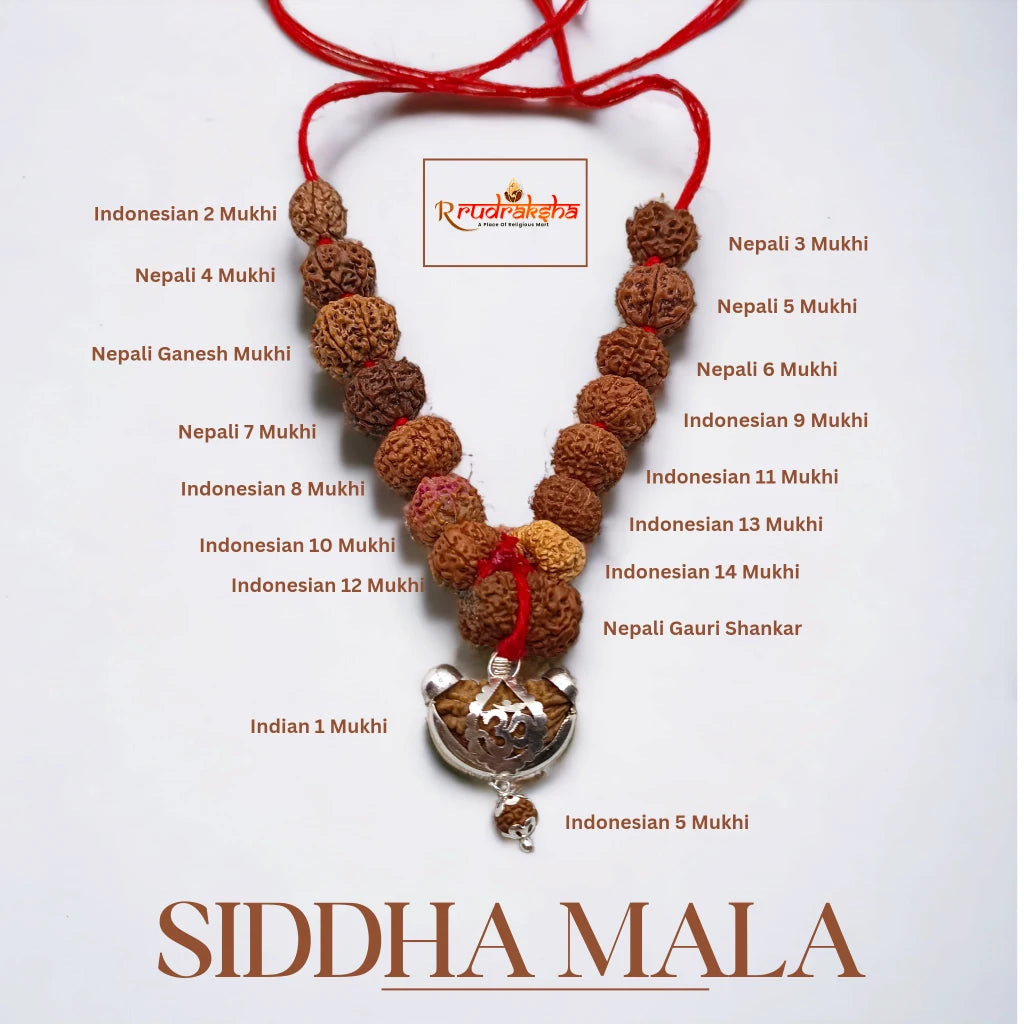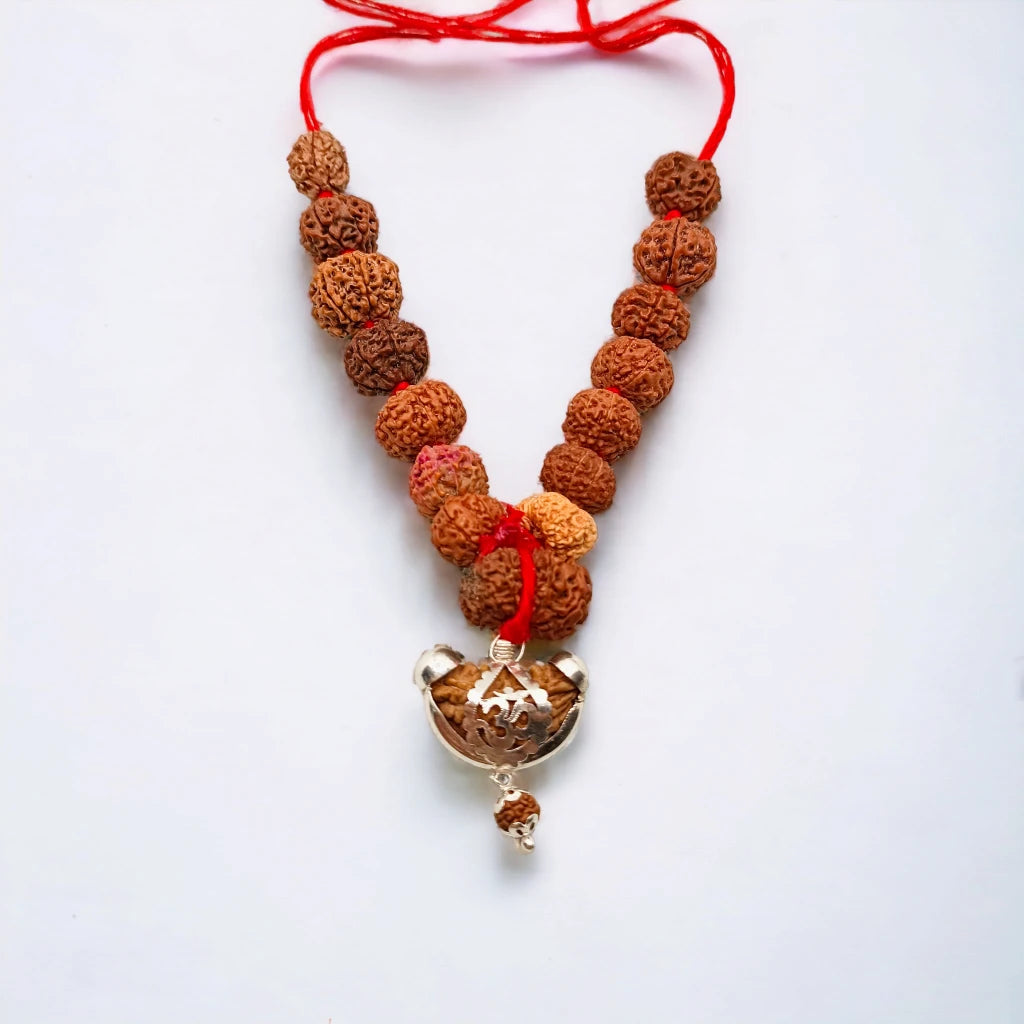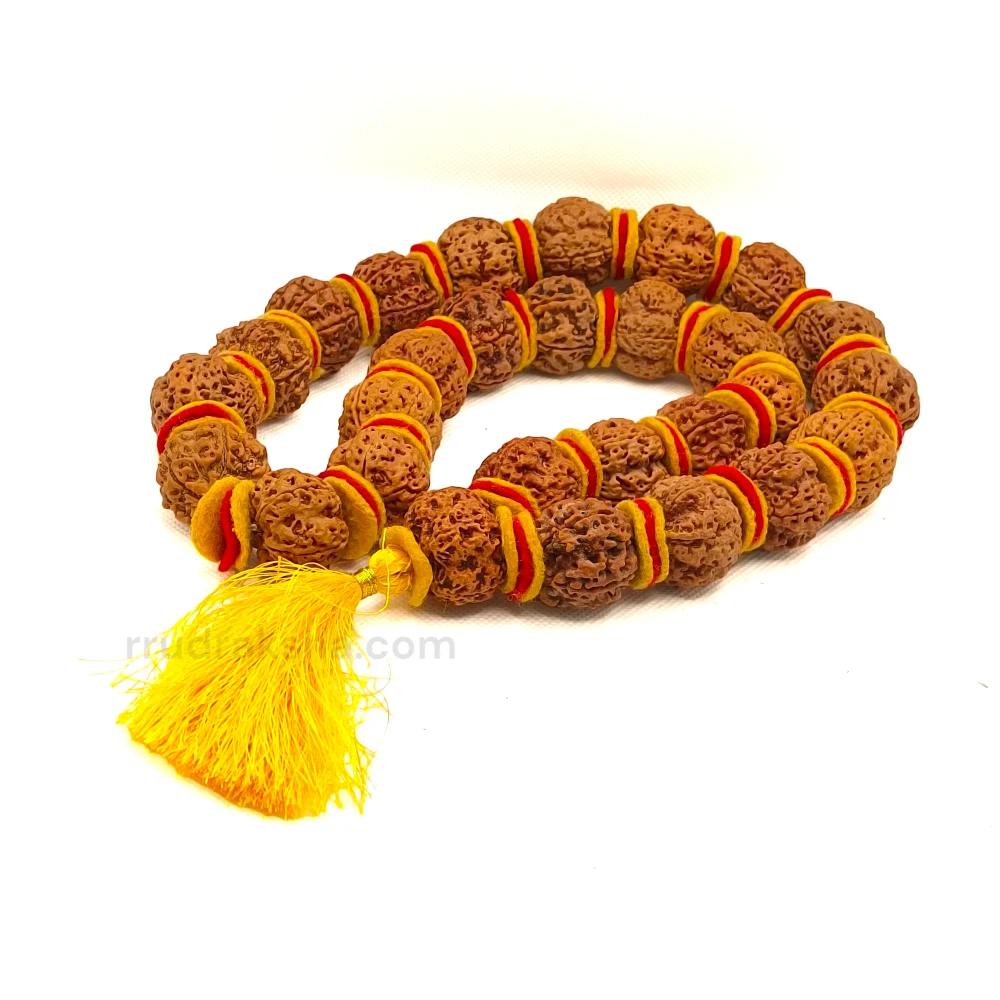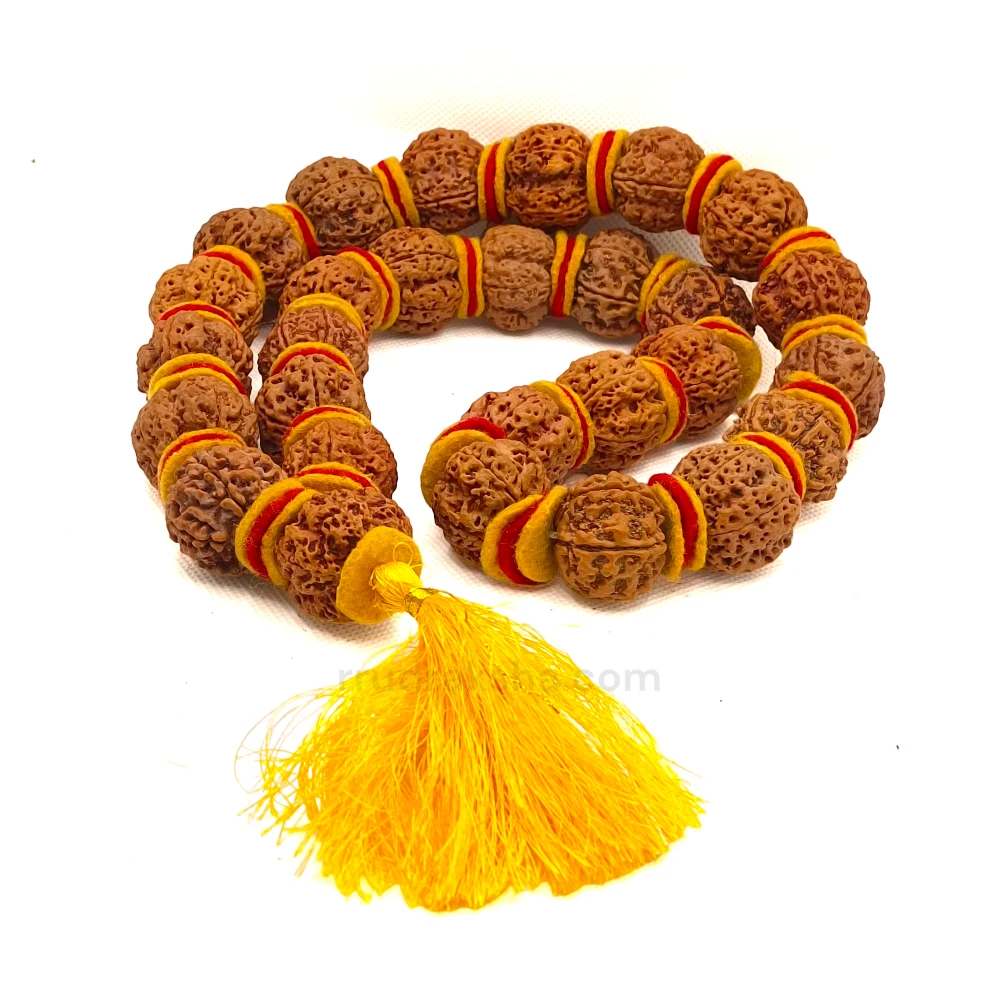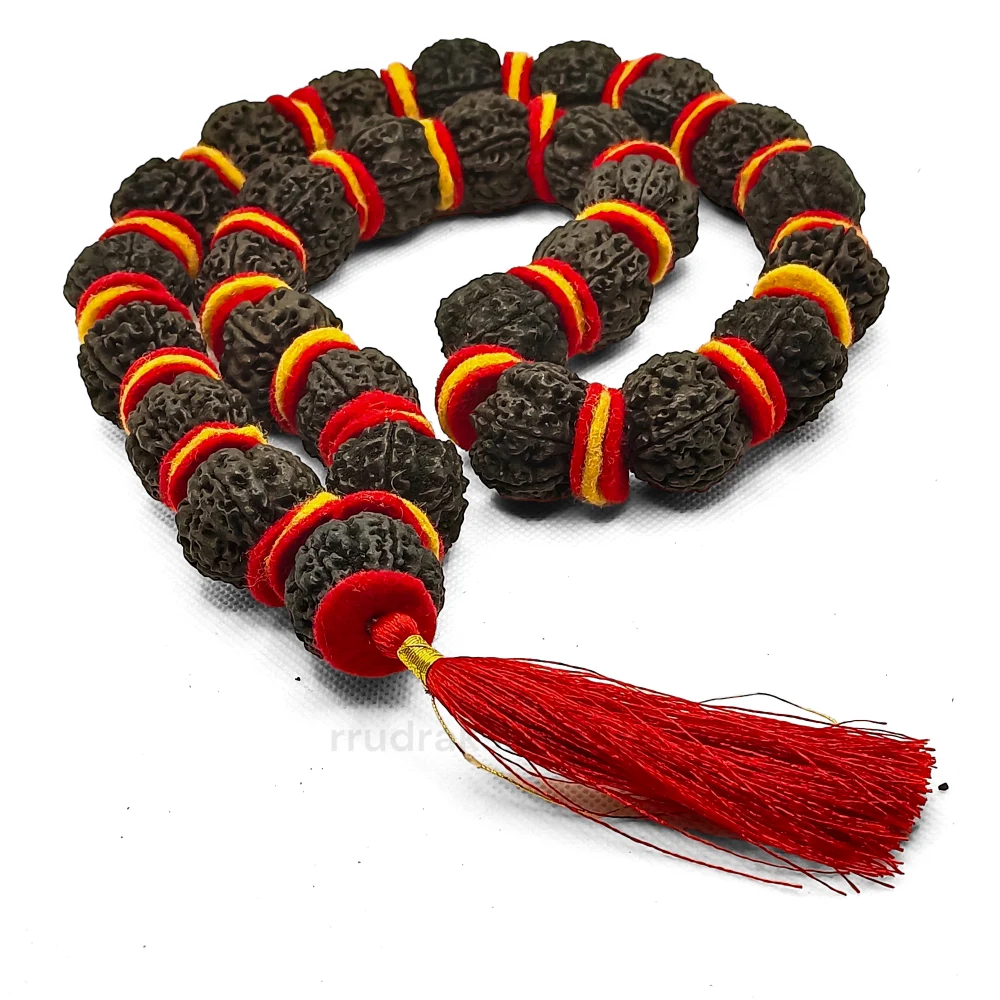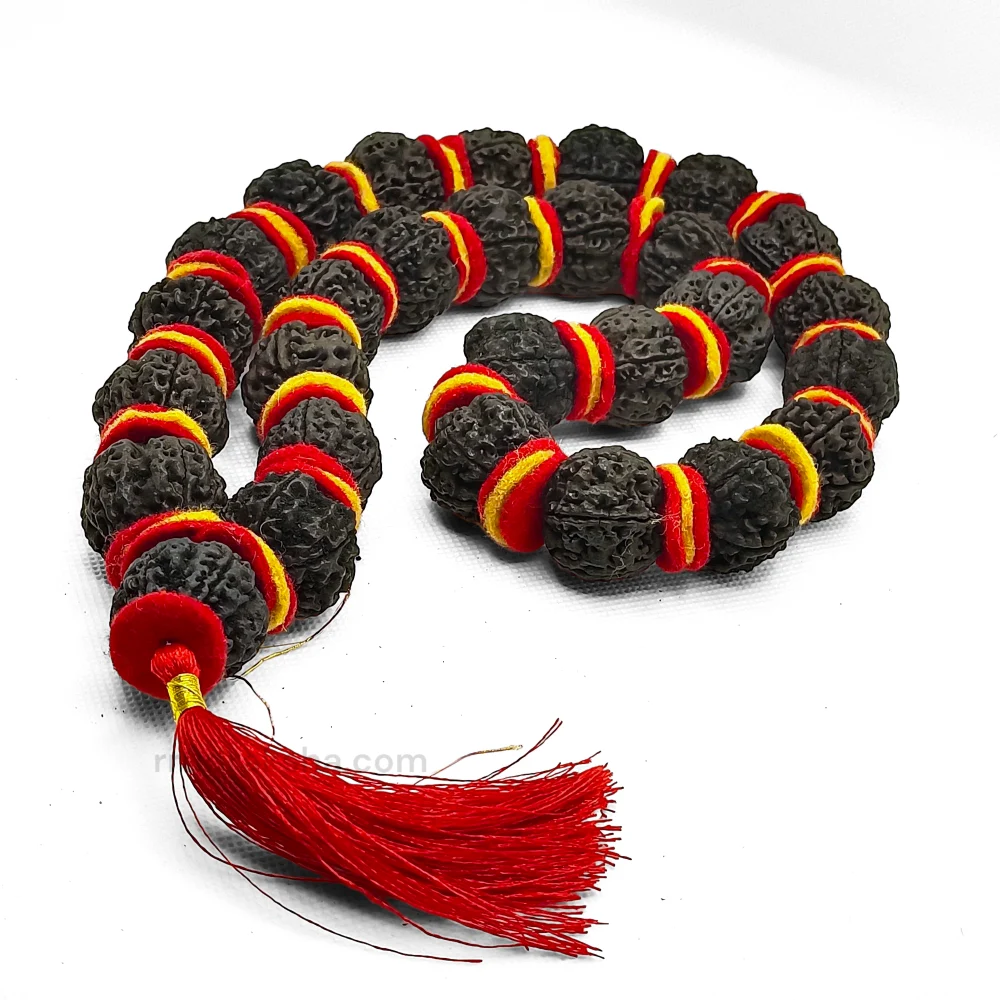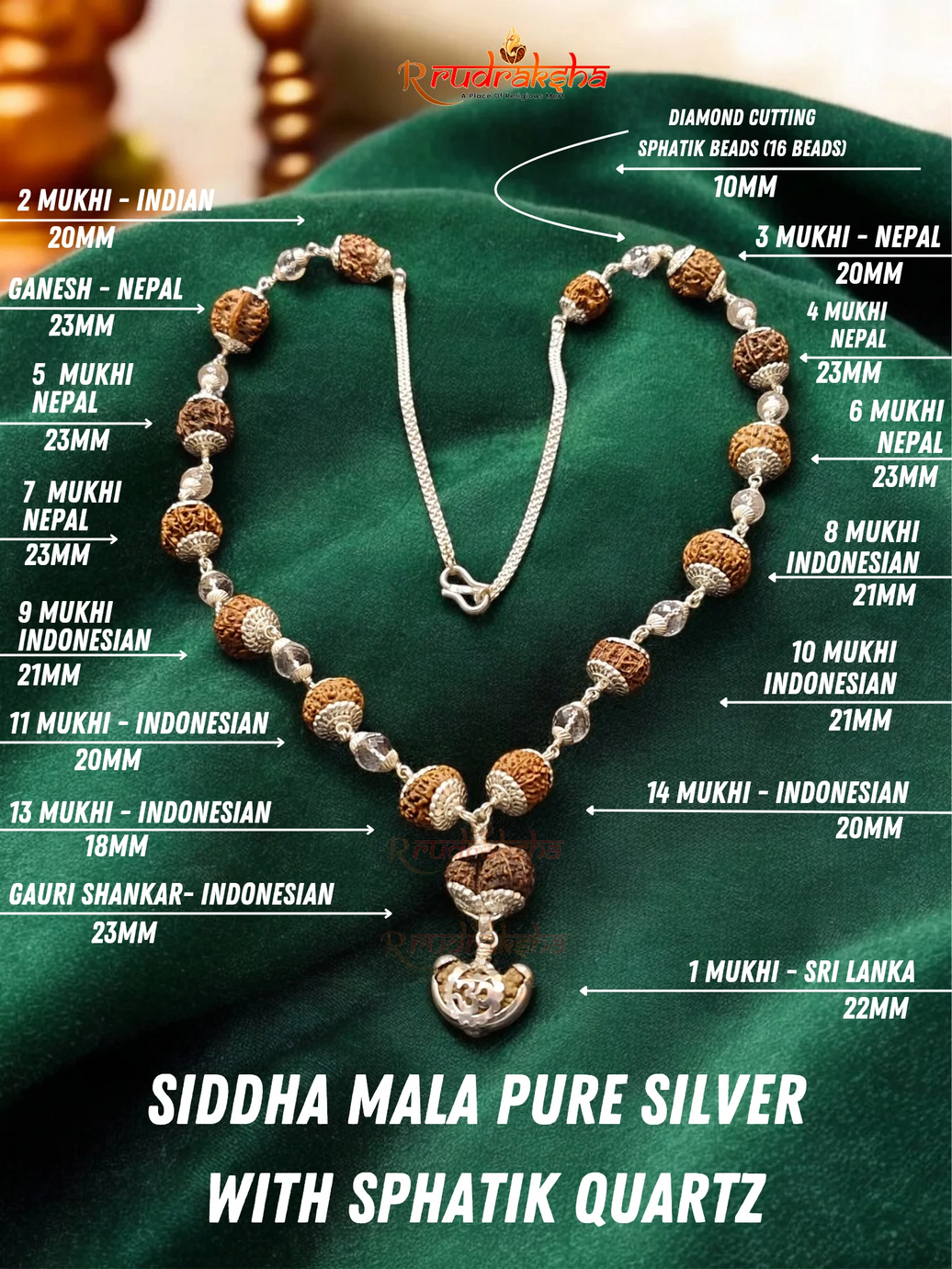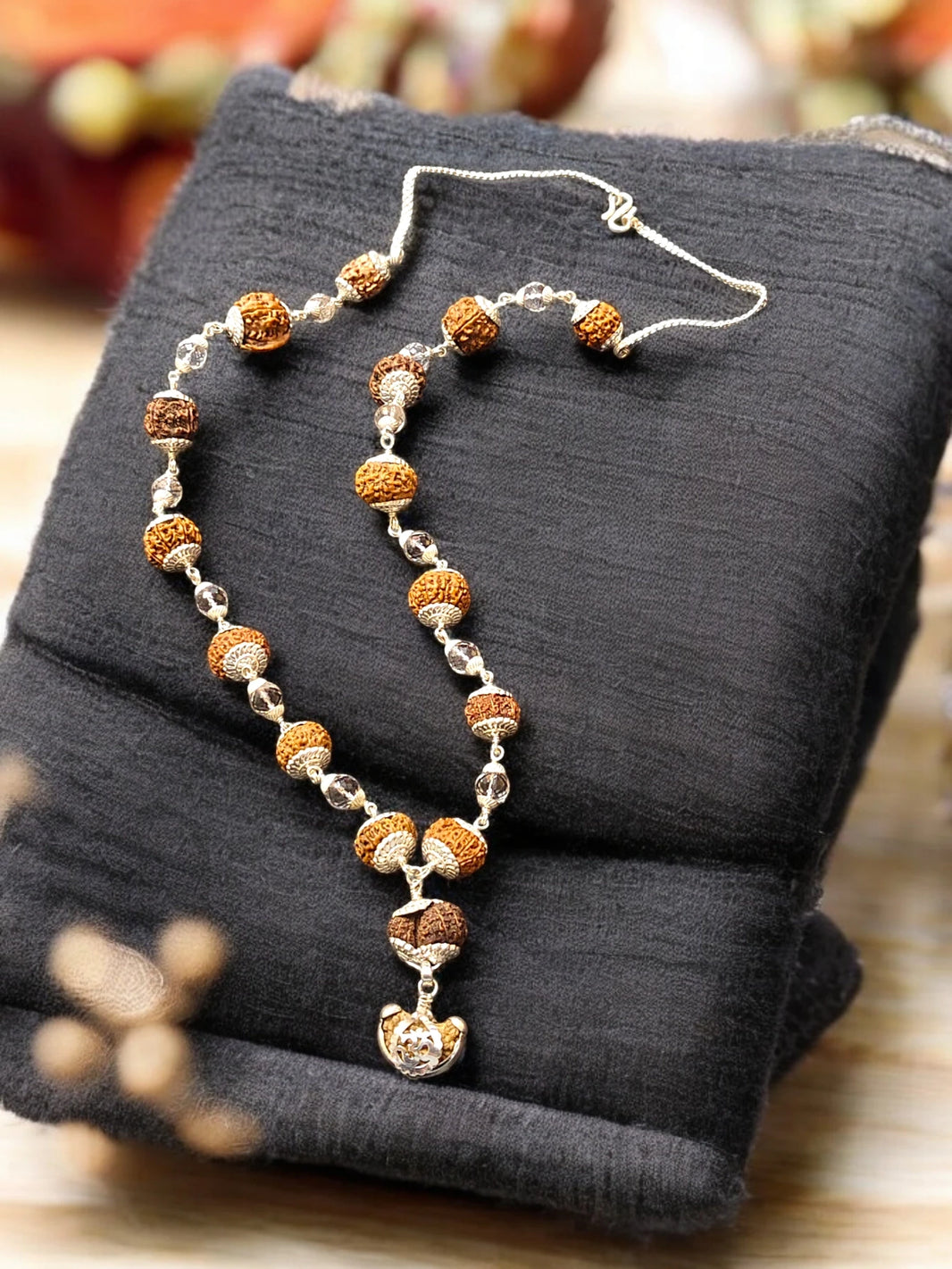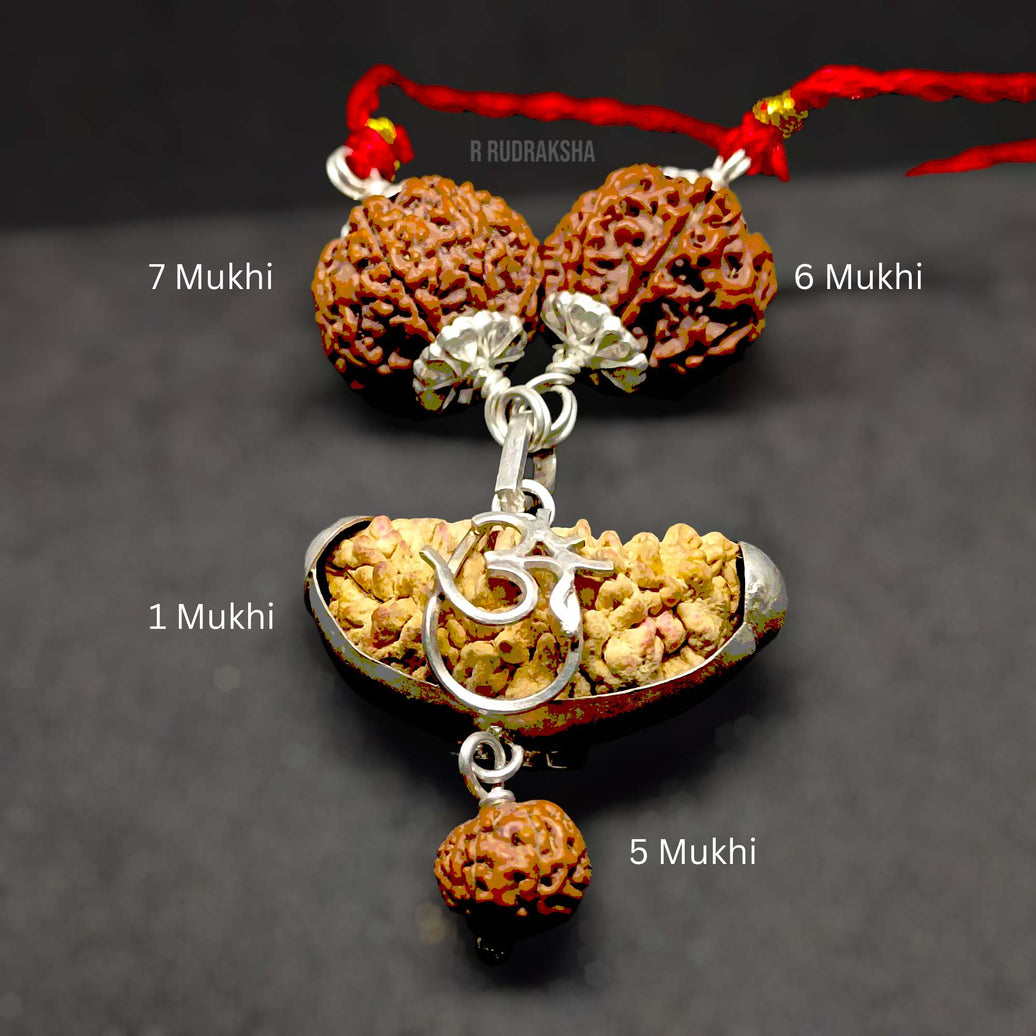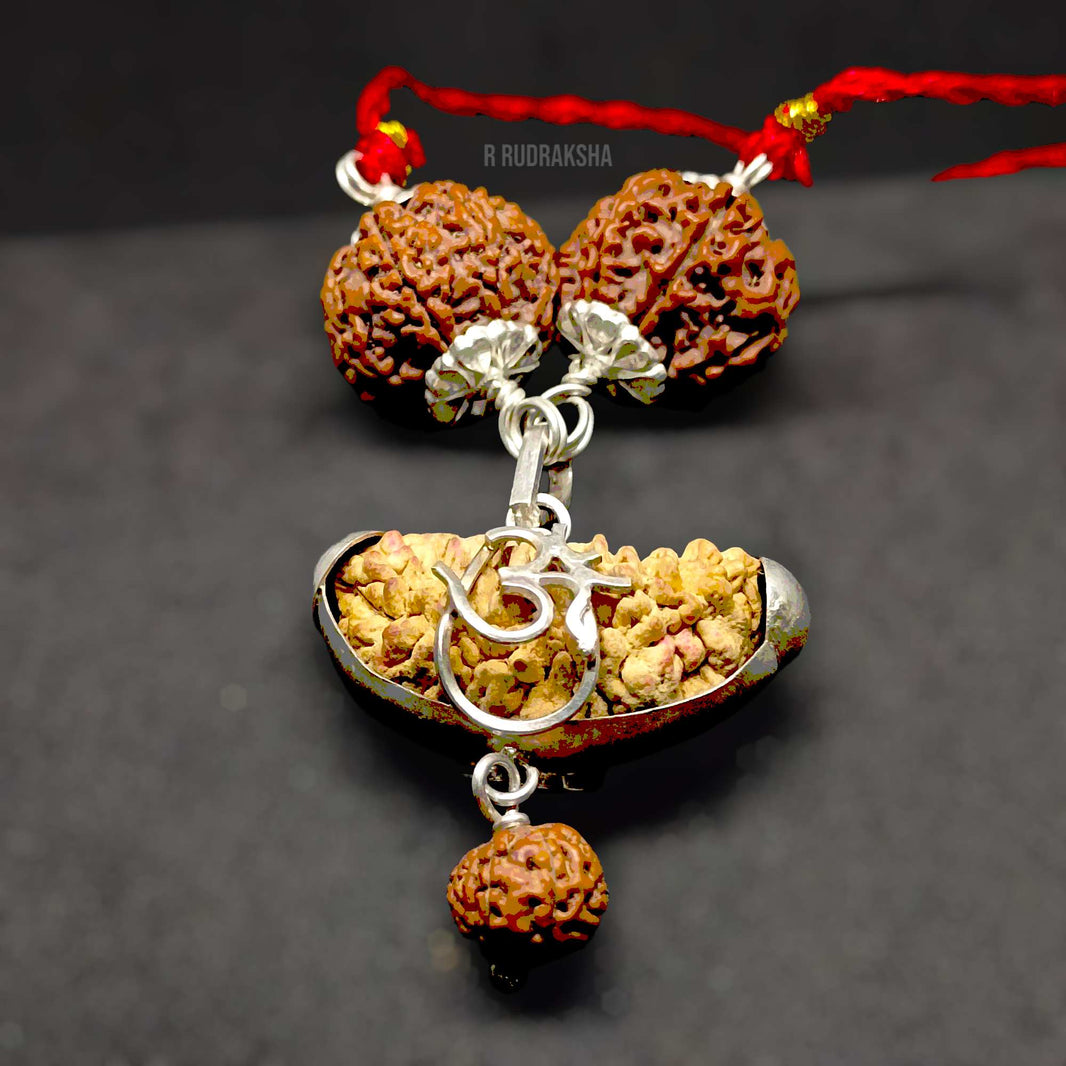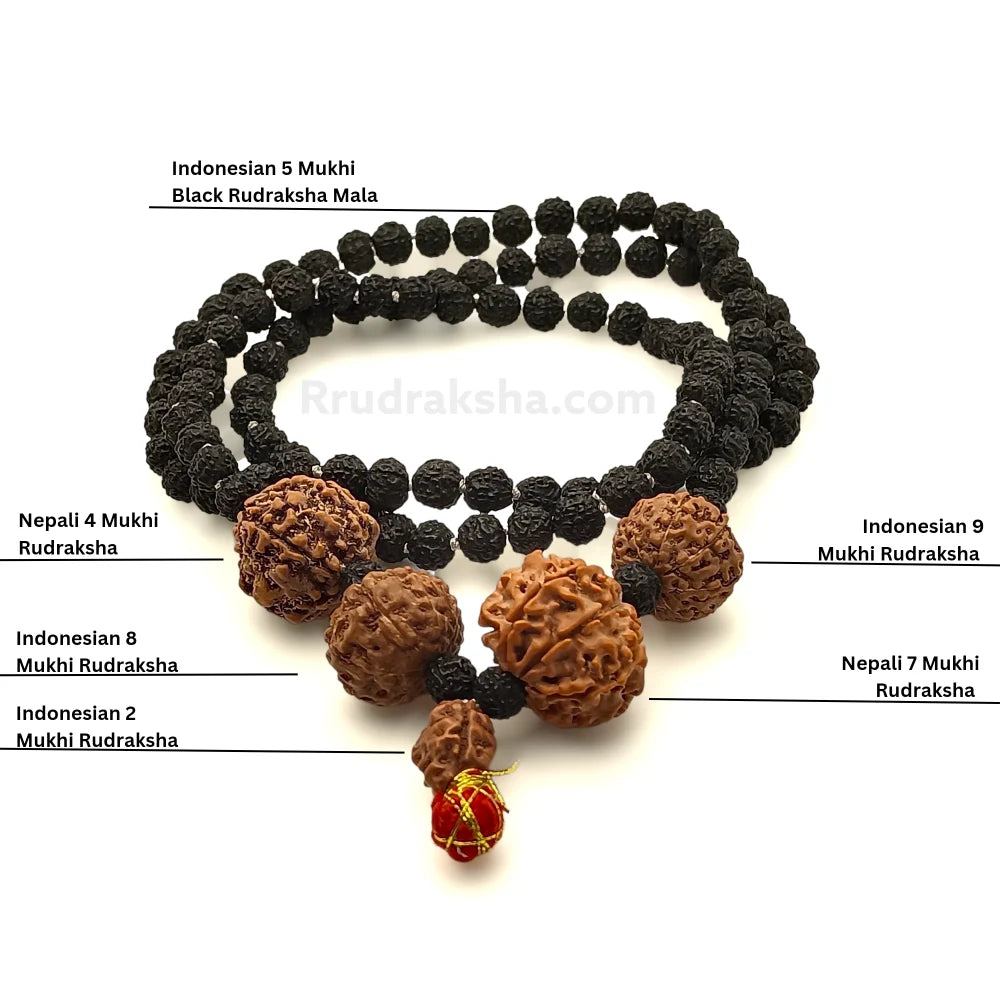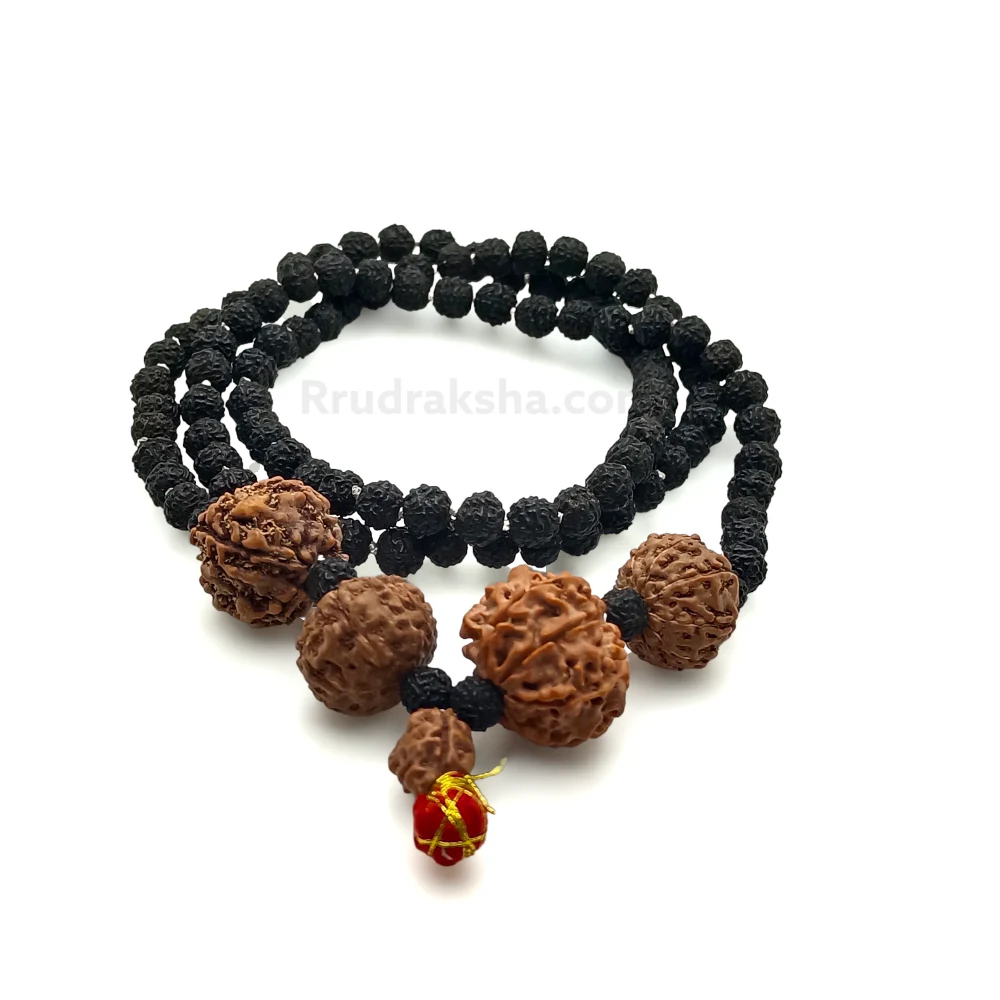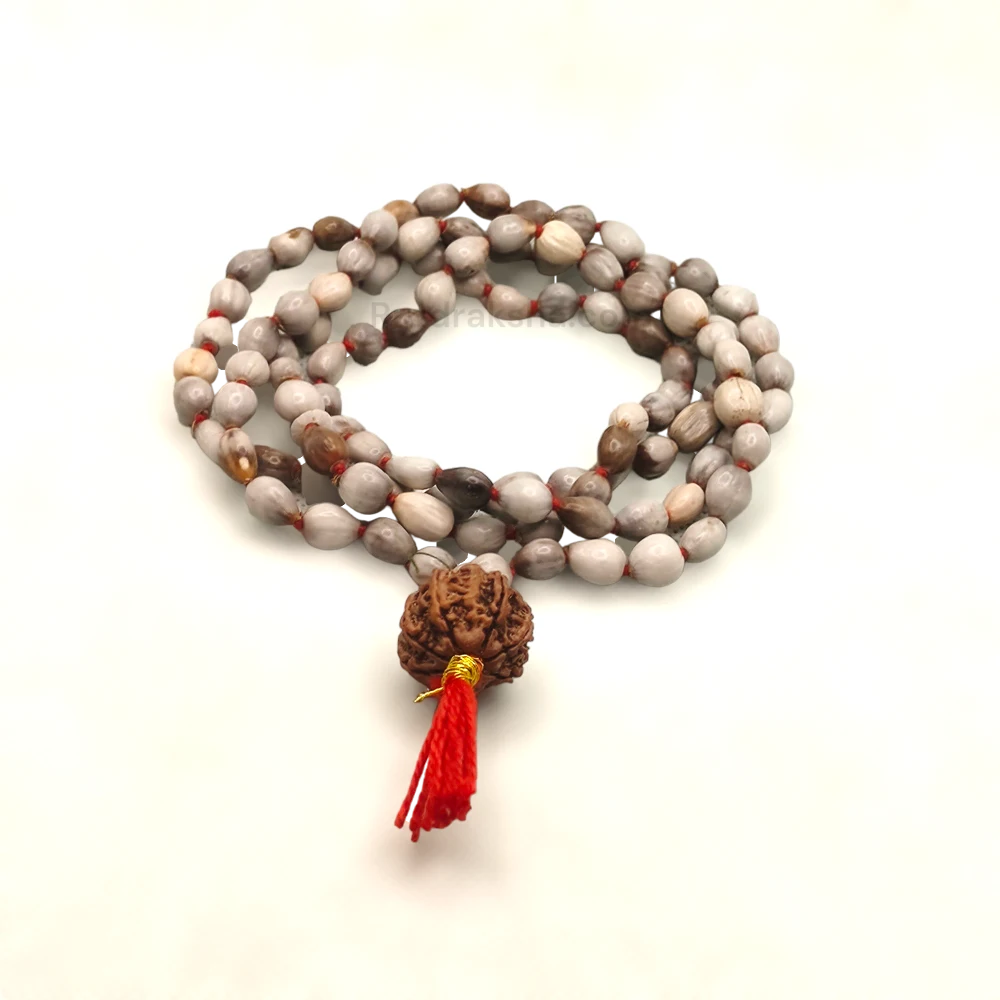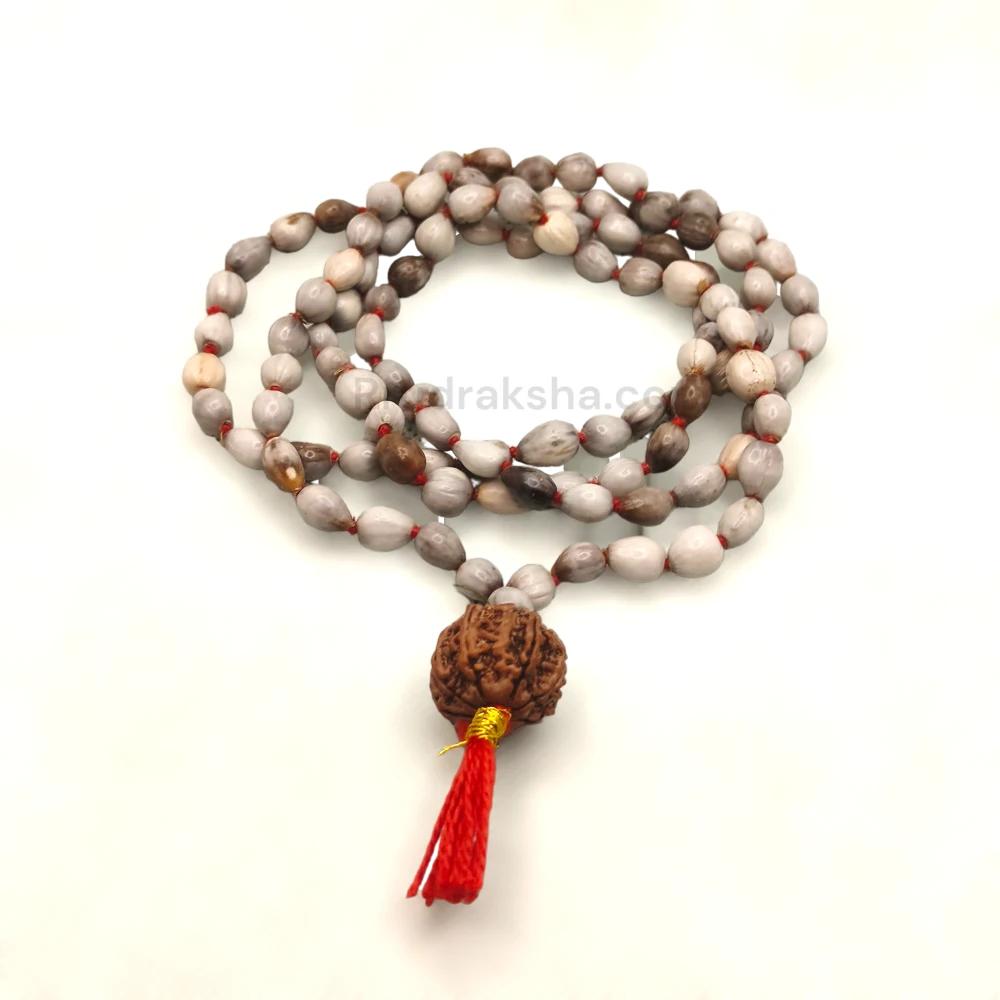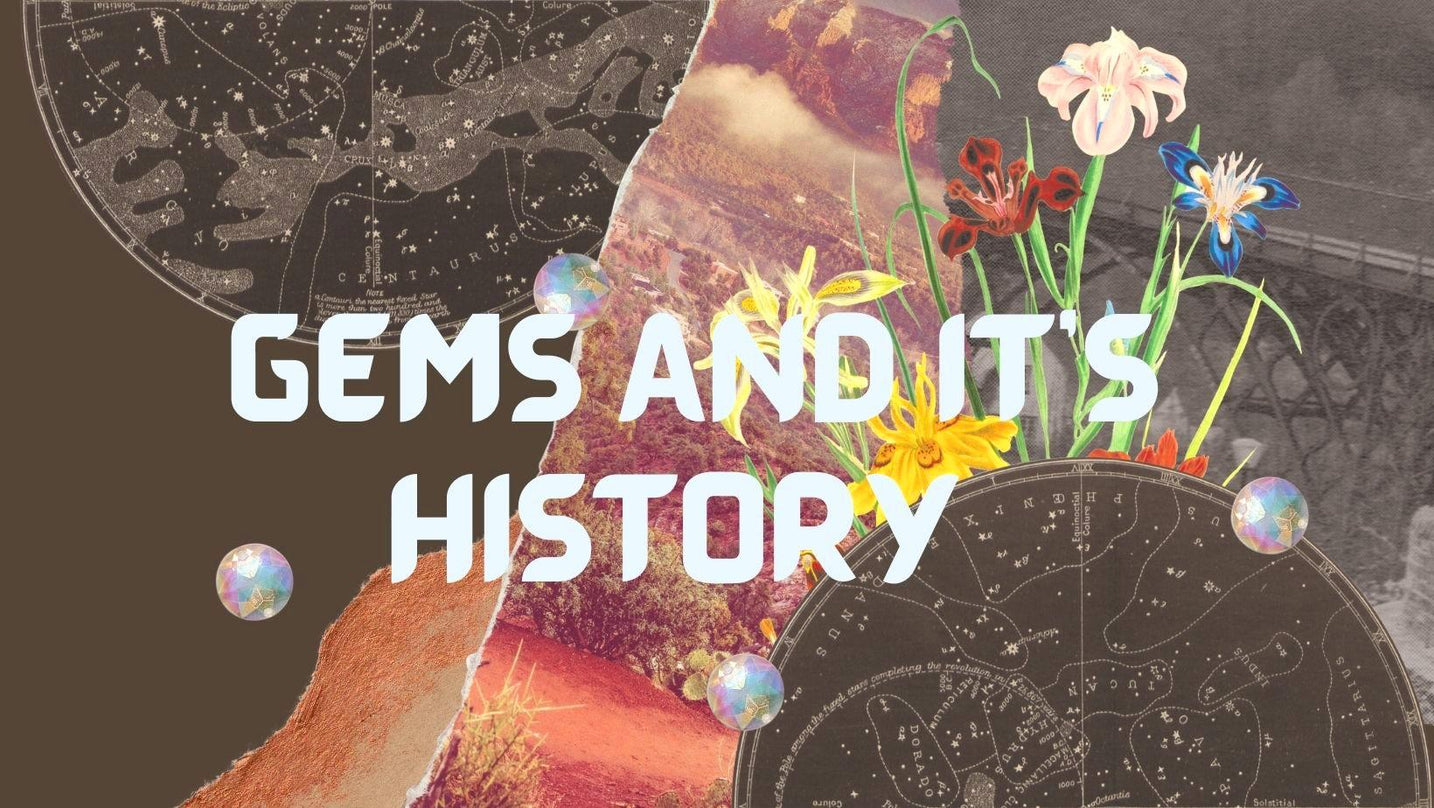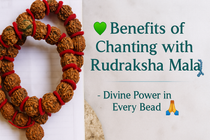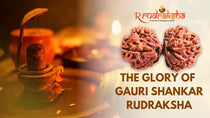What is Gemstone?
This is a basic question. Without this, we cannot think of inauspicious diagnosis and treatment by gemstones. That’s why it is important to know it first. Although gems are not only one type of stone, but not all stones are called gems. There is a difference between a stone and a gemstone. If this difference is better understood, then we can sort out the gemstone from the stones. can identify them and then make better use of them in our daily life. If by not doing so, we use gems without thinking, then it has the opposite effect. In such a situation, we may also have to bear the loss. Therefore, the use of gems should be done after due diligence and thoughtfulness.
The properties, character and characteristics of some stones or substances are such that they Gems are called as soon as they are seen, such as Diamond, Ruby, Vaidurya, Sapphire, Topaz, emerald etc. by the name of Ratna. By the way, in reality all these are stones, but precious stones. That’s why in English they are called Precious Stone (Precious Stone). The special meaning of ‘Ratna’ is also eminence. For this reason, a particular person is decorated with the word ‘Gem’ for his important work. Since ancient times, the meaning of gems – diamonds, pearls, rubies, etc., obtained from the ground or sea level have been understood. Gemstone shows its effect in fortune-change at the earliest.
Actually, due to being lying inside the earth for millions of years, the magnetism and radiance of the earth comes in it. Gems related to that planet are found in more quantity around the area of the earth in which the planet has more influence. In fact, the earth creates gems inside itself by the combination of planets. Hence it is also called ‘Ratnag’.
CHARACTERISTICS OF GEMS
If we want to express the characteristics of a gemstone in a nutshell, then we can say that the one which has amazing beauty and grace, is a gem. But this definition of gem is also incomplete, because beauty and elegance alone do not refers as stone with the name of a gem. A gem is said to be the one whose beauty and elegance is full of the quality of extreme durability, that is, whose beauty and grace remain intact for a long time. At the same time remain stable. By the combination of these two qualities, a kind of divinity comes in the gems, a natural reverence for it arises in the mind. Apart from this, the stones which are called gems have two more qualities. The first quality is that such stones are rarely found. For this reason, they are also called rare stones, so people give them respect and prominence. The second quality is, the stone which has more trend, demand and fashion, it is also called gem.
For example, from 1920 to 1922, there was a great demand for Amber or Trinamani in Europe and some other countries. At present, there is a great demand for a diamond that shines like a star or a sapphire that emits twelve rays. Actually, according to the time and changing taste, the demand of gems also keeps on changing.
SIMPLE DEFINITION OF GEMSTONE
From the above analysis we can now define gems. In the form of a squeeze, it can be said that the stone which doubles the beauty of jewelery, its beauty is durable, it should be a rare stone and its elegance creates attraction, will be called gem.
In this category we can take pearls, but this gemstone is not rare. It also does not have that much durability, because pearl is soft. Besides, it is not even a stone. It is a substance found in the ocean. Nevertheless, due to its beauty and elegance, it is kept in the category of gems. The beauty of these gems is based on many things, but their beauty is greatly enhanced by the guise of the rays of light.
This camouflage of rays of light is strange. When these rays fall on a gem, some of them collide with those gems and return to the eyes of the beholder. Some enter and go across and some enter and come back again. In this way a pleasing play of beams of rays forms into attractive beams.It is seen in me, which utterly fascinates the mind. This beam of light is visible to us clearly, but its whiteness consists of seven colors. This whiteness is a mixture of these seven colors.
Actually, when a ray of light goes inside a gem and returns back, it splits into seven colors. In such a situation, it seems that the gem is some wonderful object covered with bright rays. Naturally this scene attracts man to himself. It is from this attraction that a person is born out of the desire to get a gem. This property of gems is called optical property.
HISTORY OF GEMS
The history of stone is very ancient. Like India, there are countless stories related to his birth in other countries too. The stories that are famous in our country are taken from the Puranas. There are many stories related to the origin of gems in the Puranas. According to ‘Agnipuran’ – Mahabali Asuraraj Vritrasura attacked Devlok. Then on the advice of Lord Vishnu, Indra asked Maharishi Dadhichi for donation of his bones for making Vajra. Then the gods killed Vritrasura with this thunderbolt. During the creation of the weapon (thunderbolt), the tiny fragments of Dadhichi’s ashes that fell on the earth became mines of all the gems.
Similarly, there is another story. According to this, when the nectar urn appeared during the churning of the ocean, the demons ran away with that nectar. The gods followed him. There was a scuffle among themselves and in the process a few drops of nectar spilled and fell on the earth. Over time, these drops of nectar turned into countless gems.
A third story is of King Bali. When Lord Vishnu in the form of Vamana asked Bali for three and a half steps of earth, he agreed to give it. Then Lord Vishnu assumed the form of Virat and measured the three worlds in three steps and asked for his body for half a step. King Bali surrendered his entire body to Vamana. At the touch of Lord Vishnu’s feet, the sacrifice became Ratnamay and thunderbolt. After this Indra killed him on the earth with his thunderbolt. Gems of different colours, forms and qualities appeared from all the parts of the body of the sacrifice as soon as it fell on the earth. Lord Shankar installed those gems on his four tridents and then established the dominance of nine planets and twelve zodiac signs on them. After this they were dropped on the earth in four directions. As a result, mines of various gems arose on the earth.
Whatever you say about these tales – fantasies, myths or anything else… but you cannot deny that in ancient times people had more or less knowledge about the form, properties and uses of these gems. Not only this, they started producing these gems both naturally and artificially. Even today’s modern historians accept this truth. Scientists engaged in research work also agree with this.
Gemstones are actually mineral substances, which are found in different forms in the lap of nature. Actually, they are formed as a result of the interaction of different elements, that is, as a result of action and reaction. These gems mainly contain elements like carbon, barium, beryllium, aluminum, calcium, zinc, tin, copper, hydrogen, iron, phosphorous, manganese, sulfur, potassium, sodium, zinconium etc.
ORIGIN OF GEMS
In addition to mineral gems, organic and botanical gems are also found in nature, which are produced as a result of their action-reactions. Pearl and Coral are organic gems while Trinamani and Jade are botanical gems. Mineral gems are obtained from mines, but organic gems are found in the oceans. Botanical gems are obtained from mountains. On the other hand, the practice of manufacturing artificial gems is also there since ancient times, but today there has been a huge progress in this field. Presently, artificial gems are being produced on a large scale. To be honest, many times more artificial gems than natural and pure gems are now in the market, in the matter of identifying which even the most experienced jewelers and gem experts are deceived.
In conclusion, it can be said that the existence of gems lying in the lap of nature was before humans, which came out during a long process. Living in the womb of nature, he endured so many ambushes, upheavals, action-reactions, etc. and made himself such that it had no effect on him. As a result, they proved to be very useful for humans. No one can compete with their use in the field of astrology – it does not seem absurd to say that. Because in them lies the unprecedented power to endure different types of situations.
GEMS IN VEDAS
Often people consider astrology to be a subject beyond human understanding, but this is literally not correct. There are complications in this scripture, It cannot be called a scripture beyond human comprehension. Adequate knowledge of this can be acquired by hard-earned effort. In this sense it is temporal, not supernatural. In fact it is a science, it’s study and criterion are scientific.
In answer to the question of what and how it is related to the Vedas, it can be said that it is one of the six parts of the Veda. This means that astrology has a deep connection with the Vedas. We all know that Vedas are the oldest scriptures in the world. It has six parts – education, kalpa, grammar, nirukta, verses and astrology. The place of astrology is considered comparatively important among these six organs. The proof of this is found in the 7th verse of the ‘Rigveda’ astrology section.
That is, nothing is found except debate in other scriptures. But just as the Sun and the Moon are adorned on the highest place like a crest on the head of a peacock and like a gem on the head of a serpent, similarly astrology occupies the highest place in the Vedas scriptures.
Astrology: Suryadi Grahanam Bodhkam Shastram.
That is, astrology is the only scripture that gives knowledge about planets like Sun etc. From the point of view of public welfare, symptoms of possible sorrows and sufferings of astrological creatures,
Provides information on redressal information and method. Astrology details of twelve houses and body parts contained in the horoscope
- The first house-head and brain are given in the following way in the scriptures.
- Second house – mouth, right eye, throat and ear.l
- Third house – neck, right hand and lungs.
- Fourth house – chest (female and male).
- Fifth house- liver, intestines
- . Sixth house – Meru, back.
- Seventh house – Prostate gland, reproductive organ.
- Eighth house- uterus, anus.
- Ninth house – knee.
- Tenth house – thigh, hips, rump.
- Eleventh house – left ear, right leg, hand and
- twelfth house – left eye and foot.
EFFECTS OF GEMS
The 27 Nakshatras have a very deep relation with all the parts of the human body. All the planets have a certain effect on all the parts of the body. For example, cancer is caused by the influence of Jupiter, Ketu, Rahu, Saturn, Mars and Moon in the horoscope. The role of Ketu is important in this. Whenever there is swelling in the body unnaturally, it is because of Mars and Ketu. Many studies and researches confirm that the people who were affected by such planets had cancer. It would not be inappropriate to give some examples for this.
Swami Ramakrishna Paramhansa died of throat cancer. Venus, Saturn, Rahu and Ketu had influence in the second house of his horoscope. Similarly, American scientist J. Evidence of the conjunction of Jupiter, Venus and Ketu was found in the horoscope of Rot Openlever. He also died of cancer disease. In the horoscope of the former President of India, Shri Neelam Sanjiva Reddy, there was a combination of Mars, Moon, Ketu and Rahu in the fourth house.
This shows that the conjunction of Venus, Jupiter and Ketu in any house is a sign of Cancer. In this way, the symptoms, perception and diagnosis of many diseases have been told through astrology. In astrology, there is a law to wear gemstones considering the rotation of the planets and the ill-effects it has on the human body in this process. Many diseases can be cured by wearing proper gems properly or by using the properties of gems with the given method.
GEMS SHINING
When a person sees an object, his first sight falls on the outer layer of that object. It is unusual to have a sudden glance at its inner layer. A special kind of luster exists on the outer layer or surface of the gems, which people sees at first sight. This brilliance or light of the gems mainly depends on how many degrees and quantities it returns the rays of light falling on it. That is to say, after hitting it or entering it, what percentage of the rays of light return. The rays which return after hitting or entering the gems are of many types depending on the quality.
OUTER LUSTER
This luster is usually visible only on the outer surface of every gem.
METALIC LUSTER
This luster is metallic, that is, after the rays of light fall on a metal, there are rays emanating from it. When light falls on a metal like brass, gold, steel, copper, silver, platinum etc. That’s why it is called metallic shining or luster.
PEARL SHINING
Pearl has its own special luster. That is why jewelers call it pearl sparkle or Mukta Jyoti. It is also called oriental glow of pearl.
RESIN GLOW
This gloss has some redness. Actually this gem. Just like the brightness. That’s why it is called Ral Shine or Raj Jyoti in Hindi.
SILKY SHINE
This shine is smooth and soft like silk. When the rays of light fall on the gems, the luster emanating from it is that of silk.Looks kind of soft. Hence it is called silky luster. Not all gems have such brilliance. Apart from these, there are also many sparkles – such as Diamond Jyoti, Dim Jyoti and Kachar Jyoti. These are also found in gems. But they do not appear in all gems.
GEMS SIZE & STRUCTURE
Most gems are found in mineral form. They are created as a result of some special physical and chemical changes in the womb of the earth. The reason for the formation of gems is heat and pressure. Some minerals are formed by long-term natural changes in the Earth’s womb. Some gems are made from the lava emanating from the volcano and others from the fuel or gases deposited inside the earth. There are also some gems that form their own separate structure due to the temperature and pressure of the earth falling on the transparent or present minerals.
Some gems get separated from the rocks and get deposited at the foot of rivers by flowing with springs and water bodies etc. Their surface becomes smooth as they flow in water. They become round or oval.
Apart from the mineral gems, the gems obtained by biological process are pearls. These are produced by oysters. The snail living inside the oyster suffers due to the entry of any foreign element inside it (in the oyster). As a result, it wraps a special type of matter around that element. In such a situation, this material becomes a pearl in a round shape. Artificial pearls are made on the basis of this principle. Coral is formed from the bones of a sea creature called ‘polyps’. The origin of Trinamani or Kaharuva is due to the conversion of resin from trees into a fossil form. It is a botanical origin.
Gemstones are mostly found embedded in rocks. Rocks are made up of a mixture of different types of mineral elements. There are three types of rocks
1. METAMORPHIC ROCK
These are a form of igneous and sedimentary rocks.
They are changed by heat and pressure in the earth’s surface to form new rocks with new mineral elements. In such a process, gems are created within them. For example, ruby can be found in marble converted from limestone by heat and pressure.
2. IGNEOUS ROCKS
These are rocks that have re-solidified from molten rocks. Molten rocks rise from the core of the earth. It is also believed that such rocks are released by volcanoes as lava. Crystals of rocks that cool slowly and take solid form are of large size. Gemstones are easily made in them.
3. SEDIMENTARY ROCK
These rocks are formed by the accumulation of fragments due to the effect of weather. With the passage of time, these rock fragments again take the form of hard rocks. They are mostly built in layers. Opal is found in such rocks in Australia. Turquoise and some other gems are also found mostly in the crevices of such rocks. They make their definite shape in the rocks and stick in the form of gems. Halite and gypsum etc. are also found in such rocks.
According to crystallography, gems in the form of crystals are not part of the rocks but only stick to them. They also have their own shape. These gems are divided into six types of systems. According to these methods, gems obtained in the form of gems are obtained in a certain shape all over the world. These systems are Cubic-System, Tetragonal System, Hexagonal System, Rhombic System, Monoclinic System and Triclinic System.
VIRTUES, RELIGIONS AND CHARACTERISTICS
The physical properties of gemstones depend on their hardness, relative gravity or density, cleavage and fractures, the chemical composition and atomic structure of the gemstone. For example, although both diamond and graphite are made of carbon, diamond is very hard and graphite is very soft. The reason for this hardness of diamond is the special bonding of the carbon atoms in it.
HARDNESS
Scratch Hardness was one of the various methods used by mineralogists to measure the hardness of precious stones. According to this, if the hardness of two stones was to be checked, then they were scratched together. The stone which could easily scratch another stone, was called the least hard and the one which did not get scratched was called the best hard. But today the hardness of gems is checked by computer. Due to this process, there is no fear of scratches or depreciation on the gems.
The hardness of the gems is checked without any damage during cutting..
Friedrich Mohs, a botanist from Vienna, had set some criteria for measuring the hardness of gems and also set base-points for quantifying hardness, which were based on the scratching technique. Mohs selected 10 different gemstones on the basis of hardness and compared them among themselves. Each of these gems could scratch a stone of a lower grade than itself and could be scratched by a gem of its higher grade. Two gems of equal hardness could not scratch each other. Thus, the Mohs hardness scale from 1 to 10 was determined to test the hardness. The distance between these points need not be the same.
According to this principle of Mohs, the hardness of every gem and precious stone can be measured. In this, the most delicate gems have been kept at number 1 and 2. Such gems are relatively weak. According to this principle, gems of grade 3 to 6 are considered medium hard and those of grade above 6 are considered hard. The limit of extremely hard gems is 8 to 10. Unfortunately, this measure of hardness did not meet the criteria of goldsmiths and jewelry makers, because not only hardness but also other chemical elements that strengthen hardness are necessary in gems, which give them uniformity and hardness for a long time.
Thus the criterion of the scratch system for hardness of gems below 7 points was not met. Because the gems below 7 would get broken or deformed due to the accumulation of dust and soil. Particles of glass or crystal were found in these gems. In the maintenance of jewelery made of such gems, it was instructed that the jewelery should be protected from dust or kept in a closed box, so that there is no fear of breaking them by any sharp object. Also, for scratch testing, sharp-edged tools should be used on a good surface of a gemstone.
If there are more or less chemical elements in the gem or if the particles of glass or crystal are mixed in unequal amounts in the composition of the gem, then its hardness also decreases. Some gemstones express their own degree of hardness in different directions or in different parts.
According to the Mohas principle, if there is a length on a gemstone called canite. If scratches are put on the surface, then its hardness is 4.5 and in width it turns out to be 6 or 7. In this way, gems of different hardness on the front and back surfaces are said to have double resistive power. There is also a difference in the hardness of a diamond.
Gem traders should be well aware of the hardness of which gemstone on different surfaces during cutting or carving. The grade of the hardest of the hardest gems can be judged even by sharp and sharp tools, not by mere scratches or by multiple methods. The Mohs principle only states which stone can scratch another stone. There is no mention of light or deep scratches. Hardness should be tested only when no other means are available, as this test may be erroneous. The distance between two points in the order of hardness can also be unequal.
SPLIT AND BROKENNESS OF GEMSTONE
Gemstones can break in two ways – ie, due to chipping or fracture. How gems break down depends on their internal atomic structure. In the atoms of a weak gemstone, there is a gap at the surface of the joints. These surfaces are generally parallel and perpendicular. The directions of chirping can be different in the same stone. Diamond, fluorite, topaz and calcite are gems with full cleavage.
When a stone breaks on a surface that is not related to the inner atomic structure of the stone, it is called a fracture. Fractured surfaces are rough. Each of these has a different name. When the gemstone comes in the state of being cut and shaped, it is necessary to have smooth cuts and barrier-free fractures in its design. If an unbalanced chirava is created in the gemstone during the carving, then it will not be able to mold into its prescribed shape. This gemstone will reveal an opposing texture even when it is polished.
Many times we also see that some stripes are born in the middle of the topaz embedded in the ring. It is the same opposing division which often spoils the beauty of the gems by coming around or in the middle. Such gems are considered to be defective.
When large stones are broken by a heavy explosion, injury or sound, small pieces emerge as minerals. They can be easily held in hands. Suppose, in a boulder, there are many sapphires in the transparent parts of it,Topaz and emeralds are scattered. But access to them will be possible only when the currents of splinter and fracture are favorable in that stone crack. During heavy fractures, many stones are scattered all over the place, which with their clear surface glow from afar in the natural aura.
RELATIVE GRAVITY
The relative gravity of a gemstone is an indicator of its density. It is calculated by comparing the weight of water with the weight of the gemstone. The greater the relative density of a gemstone, the greater will be the weight of the gemstone. The relative gravity of gems varies from 1 to 7. The gravity of light gems is up to 2, such as the relative gravity of Trinamani or Kaharuva is 1.1. Gems with a gravity ranging from 2 to 4 are counted in the normal category. Quartz has a gravity of 2.6. Gemstones with a gravity greater than 4 are considered heavy, e.g. cassiterite has a gravity of 4. The relative gravity of valuable gems-diamond, topaz and sapphire is higher than that of crystal and felspar etc. Therefore, they can be easily distinguished from the so-called gemstones of the quartz category.
It is necessary for the gem collector to know the relative gravity of each gem. Gemologists determine the relative gravity of gems by the optical method of testing. The relative gravity of gems is measured by two methods—one, by weighing with hydrostatic scales and the other by heavy water method. The first method takes more time, but it is cheaper. The second method is expensive and complicated, but in a short period of time, you can test many gems and find out the correct result.
The relative gravity is easily assessed by measuring the density of the gemstone with hydrostatic scales.

Hydrostatic scales are very simple to use. According to this method, first of all the gems should be weighed in the open air. After this, under the water kept in the scales. The difference that emerges in this double weight should be noted at one place, this is the density of the gem. If this density is divided by the weight of the gem taken in the open air, then the relative gravity of the gem will come out.

